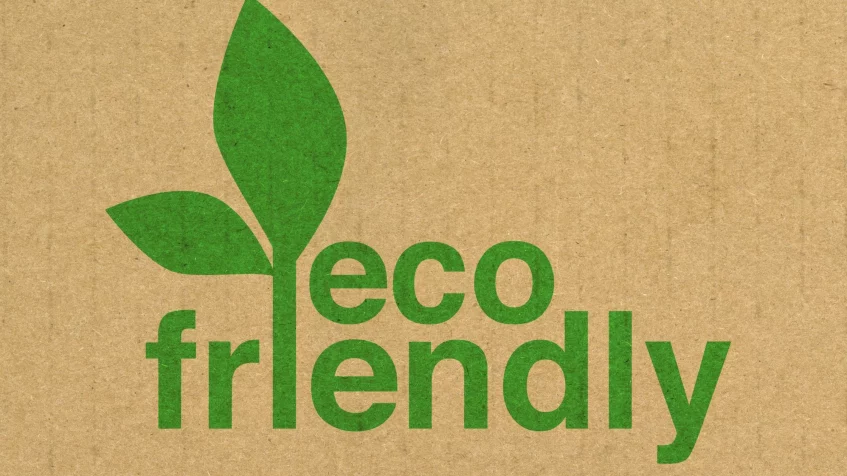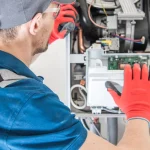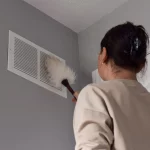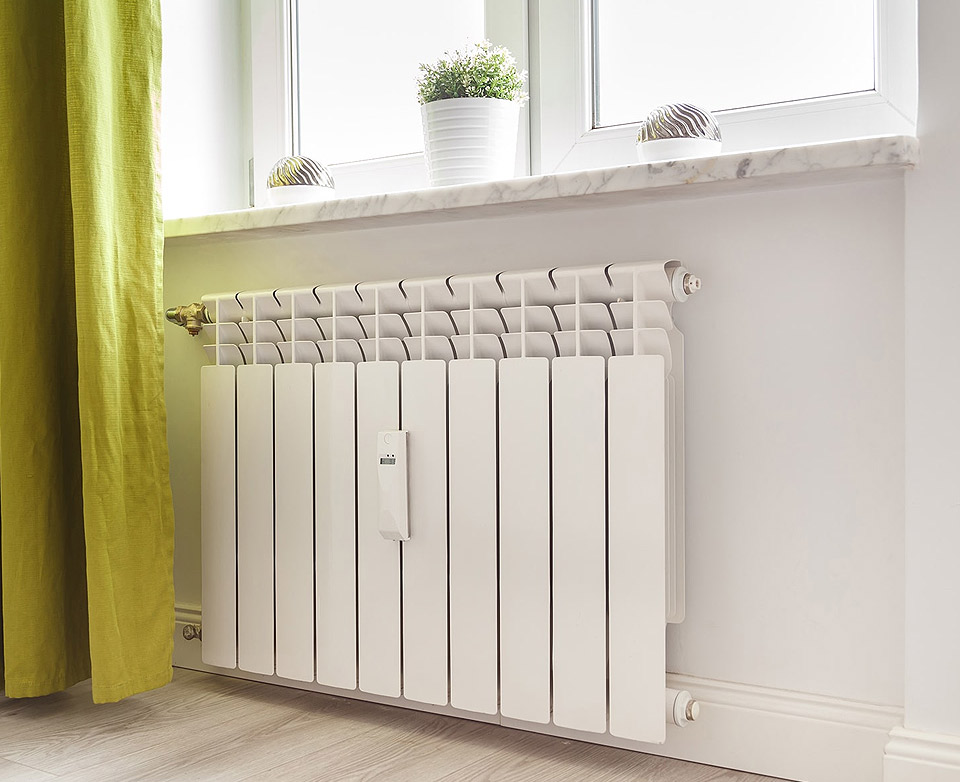
All About R-22 Phase-Out: Preparing for Eco-Friendly Refrigerants
When it comes to keeping our homes cool, air conditioners play a vital role, and at the heart of many of these systems is a refrigerant called R-22. However, there’s a significant change on the horizon that you should be aware of – the R-22 phase-out. In this blog post, we’ll dive into the details of this transition, explore the eco-friendly alternatives, and provide practical tips for homeowners looking to stay cool while being environmentally conscious.
Understanding R-22
R-22, commonly known as Freon, has been a standard refrigerant for decades. It’s been the go-to choice for many air conditioning systems due to its effective heat transfer properties. However, its environmental impact has led to a global effort to phase it out. R-22 contains hydrochlorofluorocarbons (HCFCs), substances known for depleting the ozone layer and contributing to climate change.
The R-22 Phase-Out Timeline
The phase-out of R-22 isn’t a sudden event but rather a gradual process. The Montreal Protocol, an international environmental treaty, initiated steps to reduce the production and consumption of substances harmful to the ozone layer, including R-22. The U.S. Environmental Protection Agency (EPA) has been implementing the phase-out plan since the late 1990s.
As of January 1, 2020, the production and import of R-22 were banned in the United States. This means that new R-22 cannot be manufactured or imported, leading to a decline in its availability.
The Eco-Friendly Alternatives
With the R-22 phase-out, the HVAC industry has shifted its focus to more environmentally friendly refrigerants. The two main alternatives gaining prominence are R-410A and R-32.
- R-410A: This refrigerant has become the new standard in many air conditioning systems. It doesn’t contain chlorine, making it ozone-friendly. While R-410A still has a global warming potential (GWP), it is significantly lower than that of R-22.
- R-32: Considered a lower GWP alternative, R-32 has been adopted by some manufacturers as a more eco-friendly option. It boasts excellent energy efficiency and has become prevalent in newer air conditioning units.
What Does This Mean for Homeowners?
If you have an older air conditioning system that relies on R-22, you might be wondering how the phase-out affects you. Here are a few key points to consider:
- Availability: As R-22 production ceases, the availability of this refrigerant diminishes. This can lead to increased costs for servicing R-22-based systems.
- Upgrading Systems: If your current HVAC system uses R-22, you might want to consider upgrading to a newer system that utilizes the more environmentally friendly alternatives. This not only ensures compliance with regulations but also brings the added benefits of improved energy efficiency and reduced environmental impact.
- Maintenance Costs: The diminishing availability of R-22 may result in higher maintenance costs for systems still using this refrigerant. As time goes on, finding and purchasing R-22 may become more challenging and expensive.
Practical Tips for Homeowners
Now that you’re aware of the R-22 phase-out and its implications, here are some practical tips to help you navigate this transition smoothly:
1. Schedule an HVAC Inspection
Have a professional HVAC technician inspect your system. They can determine what refrigerant your current system uses, assess its overall condition, and provide guidance on potential upgrades or replacements.
2. Consider an Upgrade
If your system relies on R-22 and is approaching the end of its lifespan, consider upgrading to a newer, more energy-efficient model. This not only prepares you for the R-22 phase-out but also brings the added benefits of lower energy bills and improved home comfort.
3. Explore Eco-Friendly Options
If you decide to upgrade your HVAC system, explore models that use eco-friendly refrigerants like R-410A or R-32. These alternatives align with the latest environmental standards and contribute to a more sustainable future.
4. Stay Informed
Keep yourself informed about the latest developments in refrigerants and HVAC technologies. Being aware of industry trends and innovations can help you make informed decisions about your home’s cooling system.
The R-22 phase-out marks a significant shift in the HVAC industry towards more sustainable and environmentally friendly practices. As a homeowner, staying informed and taking proactive steps can help you navigate this transition smoothly. Whether it’s scheduling regular HVAC inspections, considering an upgrade to a newer system, or exploring eco-friendly refrigerant options, there are plenty of ways to embrace a more sustainable approach to home cooling.
By preparing for the R-22 phase-out, you not only contribute to environmental preservation but also ensure the long-term efficiency and reliability of your home’s cooling system. Stay cool, stay eco-friendly, and enjoy the benefits of a more sustainable home climate.










